Shell Recharge is a growing global EV charging network from the Shell oil company, with EV charging hardware being installed at existing Shell gas station locations. Because of their large global footprint, the network is growing at a rapid pace. Now you can buy your own Level 2 portable EV charger from the Shell Recharge brand. Their first product is a 40-amp portable unit that comes in the same distinct white, yellow, and teal color combination as their public charging stations. I spent the last few weeks testing the Shell Recharge unit to see if it was any good.
Our Rating: 4.4/5
What we loved
- Great value for a 40-amp charger
- LCD screen with charging stats
- Travel carrying case
What could be better
- Lack of cable management
- At nearly 13 pounds, it’s a bit heavy for a portable EV charger
Hardware Overview
The Shell Recharge portable charger follows a simple formula: a 25-foot-long cord with an enclosure housing the power electronics near the input end. It connects to the grid using a standard NEMA 14-50 (240v) outlet and charges an EV with a J1772 connector.
Visually, it is quite striking and unlike any other charging product out there. I think Shell has done a good job branding their public and home charging hardware with a consistent white, yellow, and light blue (teal?) color scheme that makes the products instantly recognizable as Shell Recharge.
The back of the charger enclosure has a keyhole for mounting the charger onto a screw. We’ve used this mounting point for our testing to release the tension from the cable and connector. Some competing products also supply home wall-mounting hardware and cable holders. But the screw keyhole is a good enough substitute for a wall mount. If you plan on keeping this EV charger plugged into your garage wall outlet most of the time, then I recommend you also buy a separate third-party wall hook so that the cable can rest on the wall rather than on the floor.
This portable EV charger supports up to 40 amps at 240 volts out of the box, meaning it can output as much as 9.6 kW, fully recharging almost any EV in just a few hours overnight. Shell Recharge also sells an optional adapter for connecting this product to Level 1 charging at 120 volts, but like all Level 1 chargers, it will only output around 1.4 kW.
The front of the device has an LCD display with real-time charging session info and two hardware buttons for controls. The screen shows charging mode, voltage, amperage, energy consumption, and hardware temperature. The buttons are for setting a charging delay and selecting one of five modes ranging from 12 to 40 amps.
The whole package has been rated IP66, meaning it will withstand the elements during outdoor charging, preventing rain and dust intrusion. The product is backed by a 1-year warranty, which is most common at this price point.
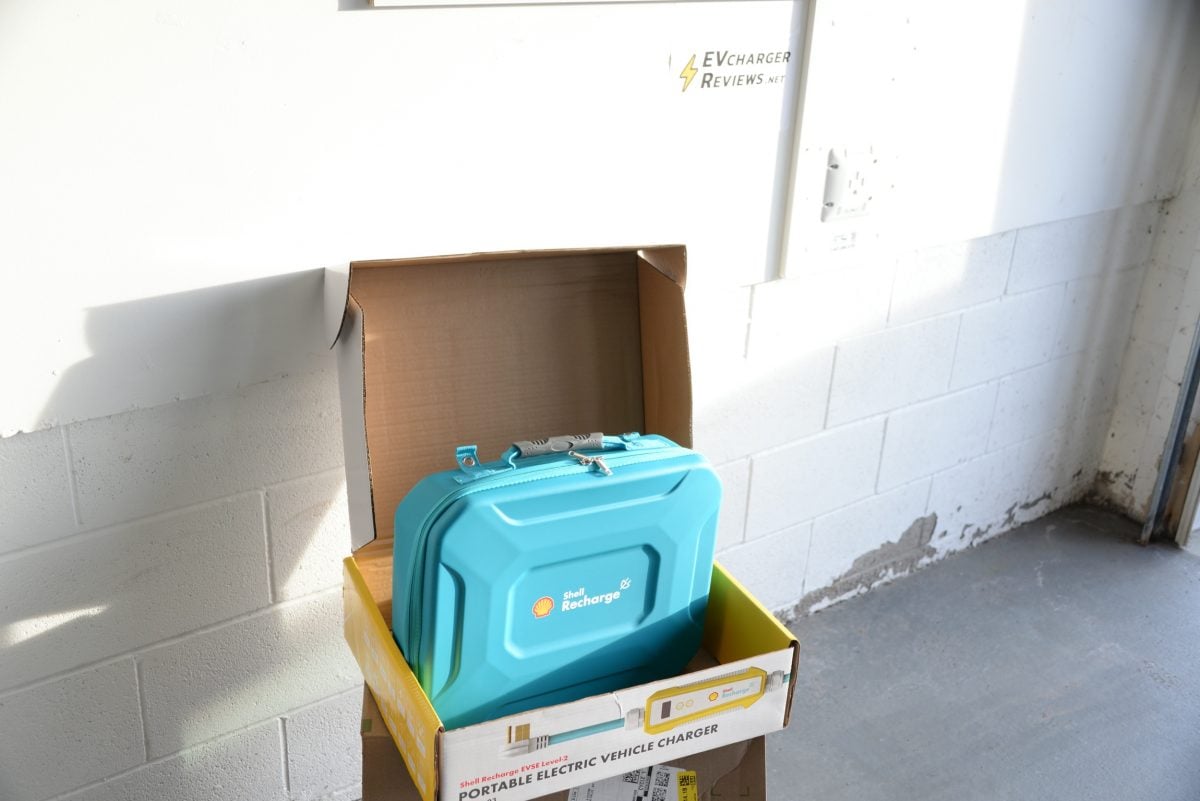
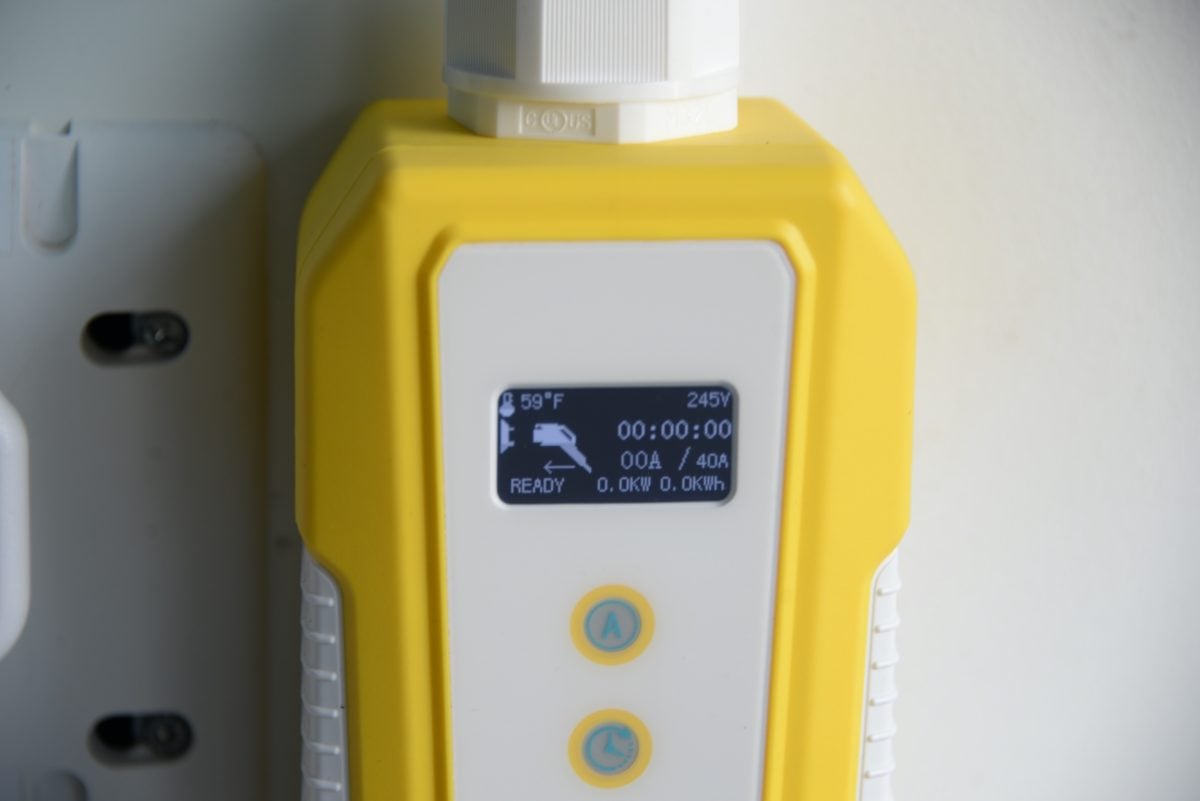
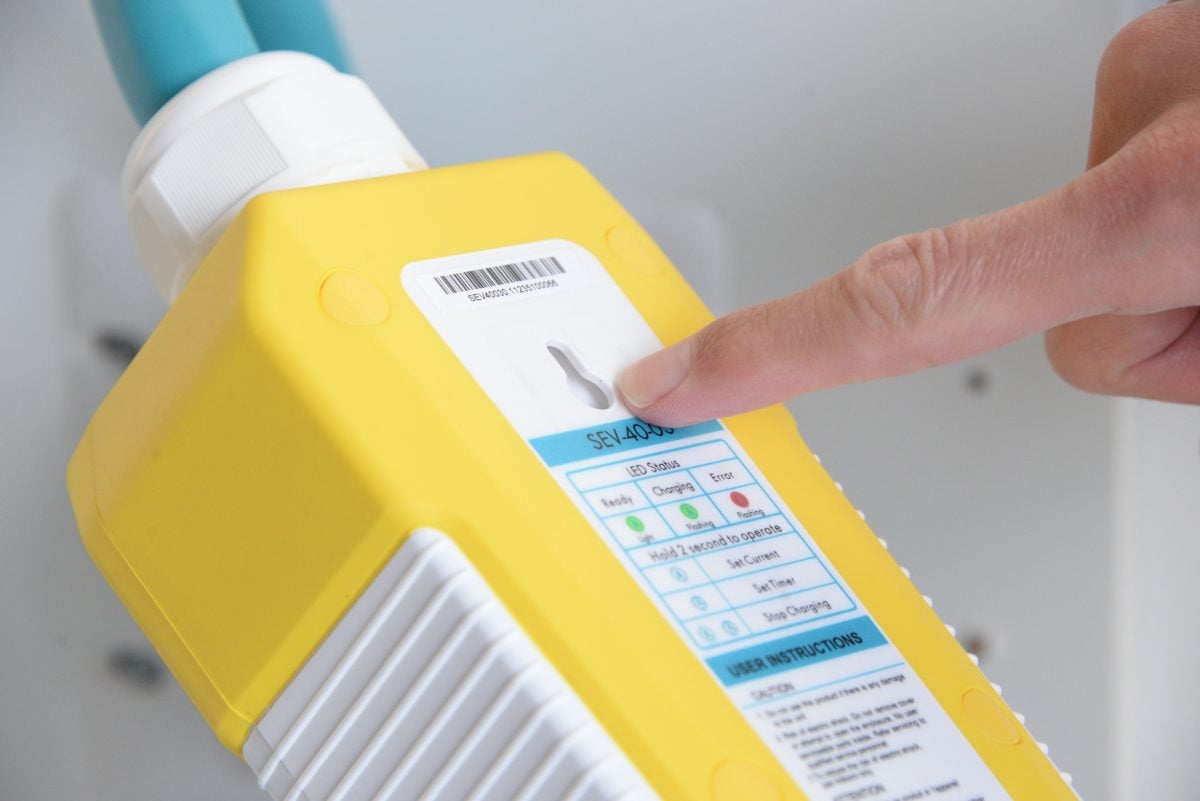
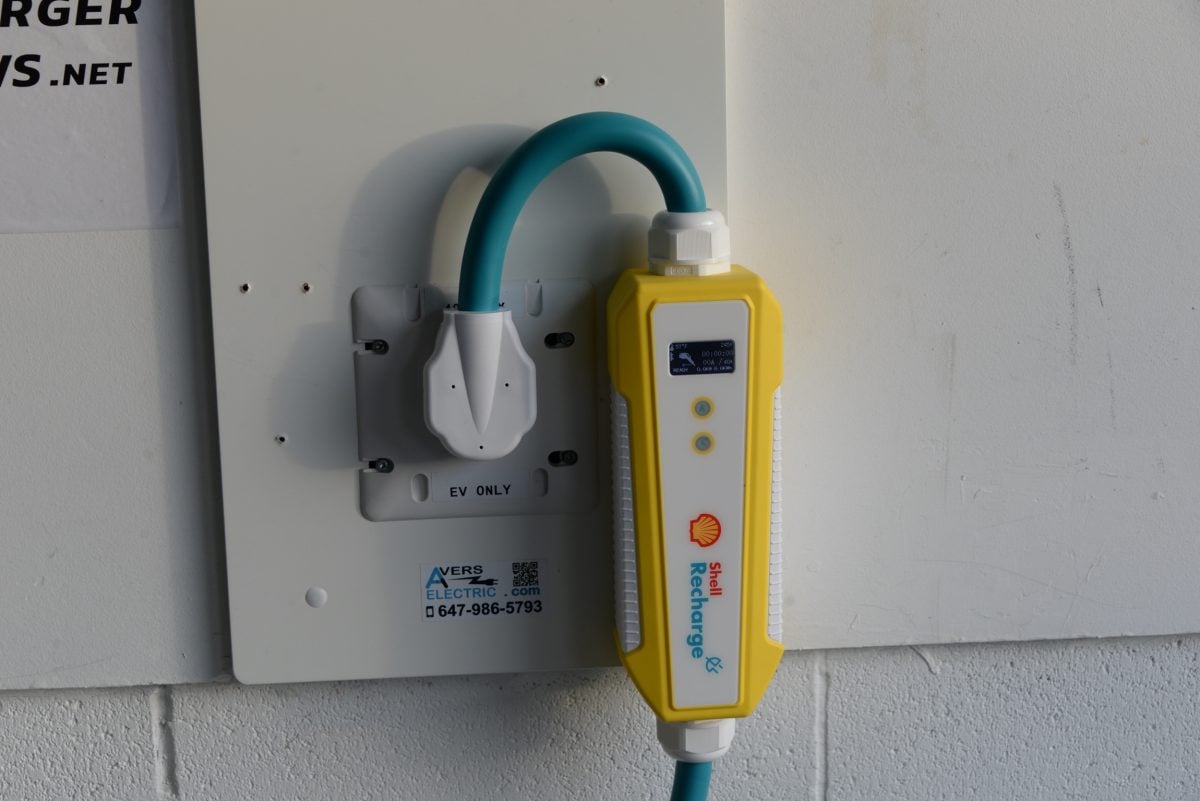
Charging Cord and J1772 Connector
The Shell Recharge has a cord consisting of two 8-gauge wires and a single 9-gauge wire for ground. This is actually a potent combination of thicker wires than most other portable EV chargers offer. By using this thicker wiring, safety is increased and energy loss due to resistance is reduced. However, this comes at the cost of extra bulk and cable thickness. We measured the cable to be 21 mm in diameter, one of the thickest we’ve tested, and it takes a bit more effort to handle than products with thinner cables. The rubber insulation material is reasonably pliable, and it’s easy to coil the cord into loops for transporting in the carrying case.
At 25 feet long, the Shell Recharge EV charger is longer than many competitor products. This allows the user to reach across a parking spot and charge an EV in an adjacent spot. However, this also increases weight. The EV charger is about 13 pounds in weight, with the majority of the weight located in the cable.
The input cable is about 10 inches long between the NEMA 14-50 plug and the charger enclosure, and the cord is fairly flexible. This allows the charger to connect to NEMA 14-50 outlets regardless of their orientation. Our outlet is installed upside down for usage with home-based EV chargers and I had no problem connecting the Shell Recharge charger by bending the cord. Just make sure to support the charger in this configuration using a screw in the wall to relieve tension from the plug.
This EV charger comes with a J1772 connector, it can charge any modern EV on the market, but Teslas will need to use a J1772-NACS adapter that comes with those cars. The J1772 connector is made of hard plastic and comes with a rubber cap for transportation. There is a bright red release button on top of the J1772 gun too. I tested this connector with a Tesla (using an adapter) and a VW ID.4 without issue. The connector build quality is on par with competitors in this price range, but really liked the bright material colors.
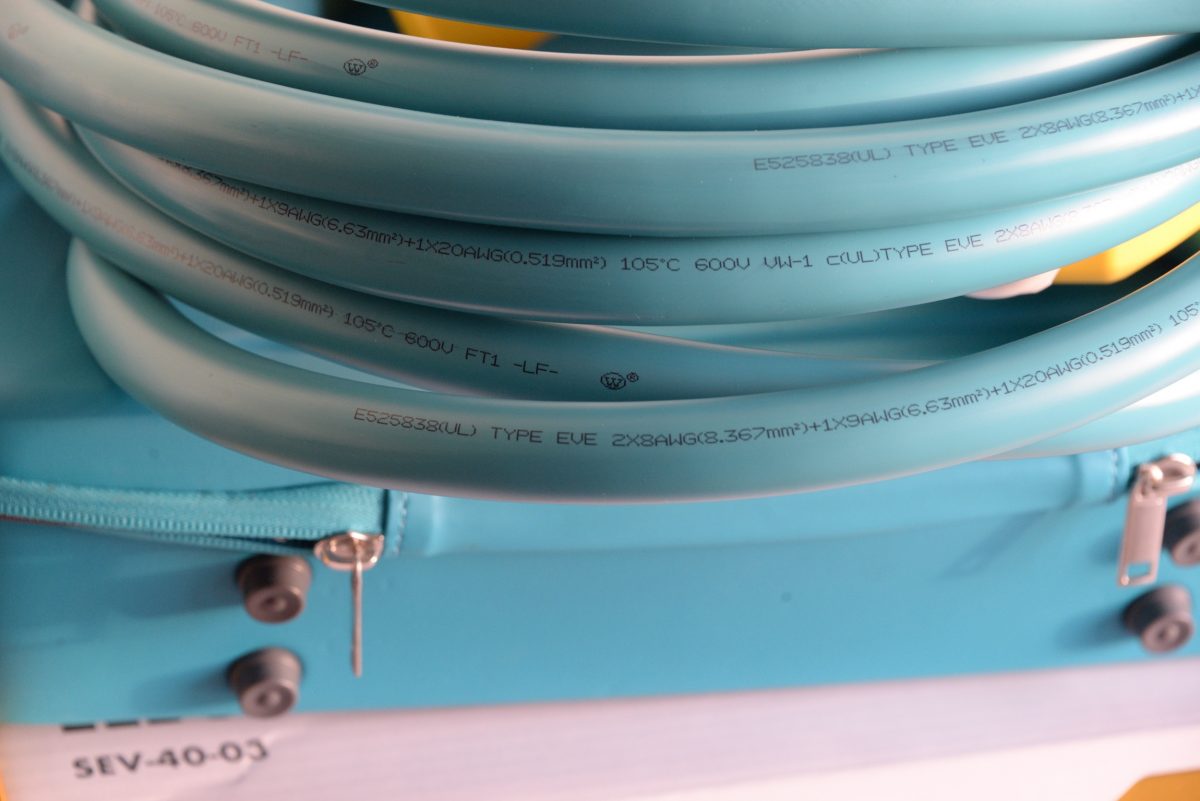
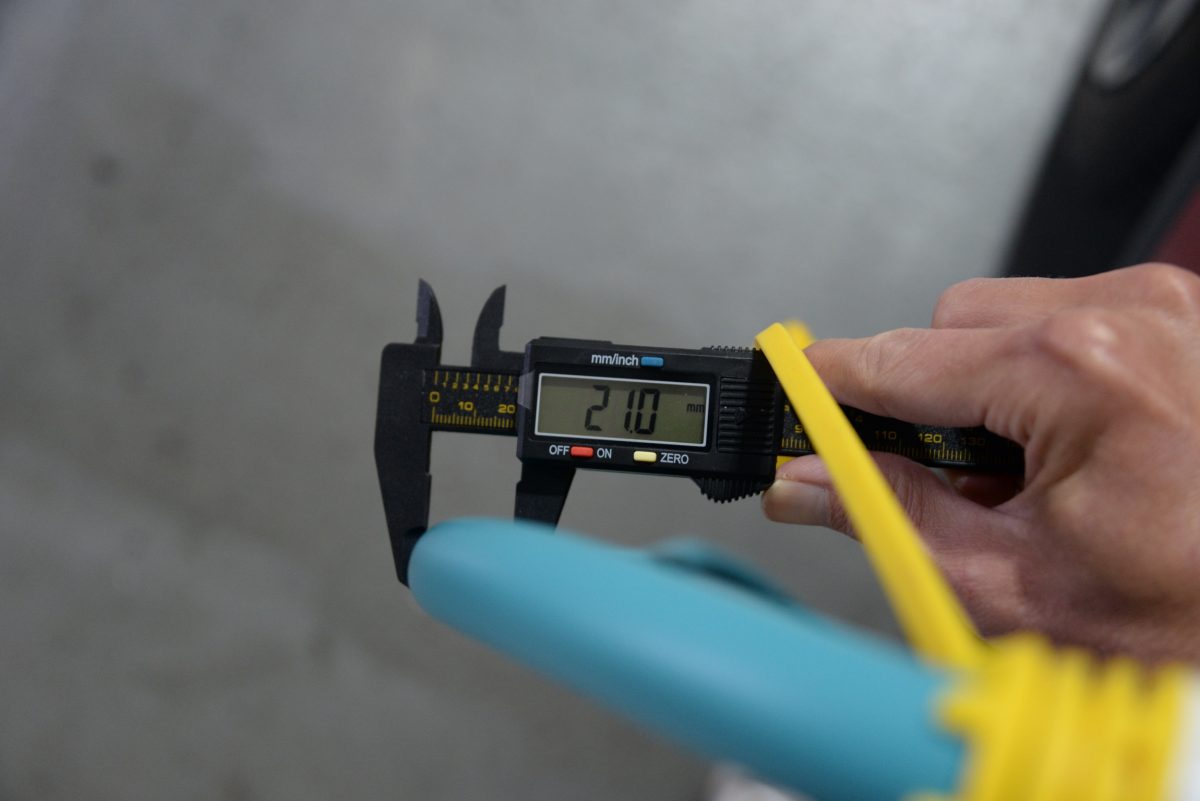
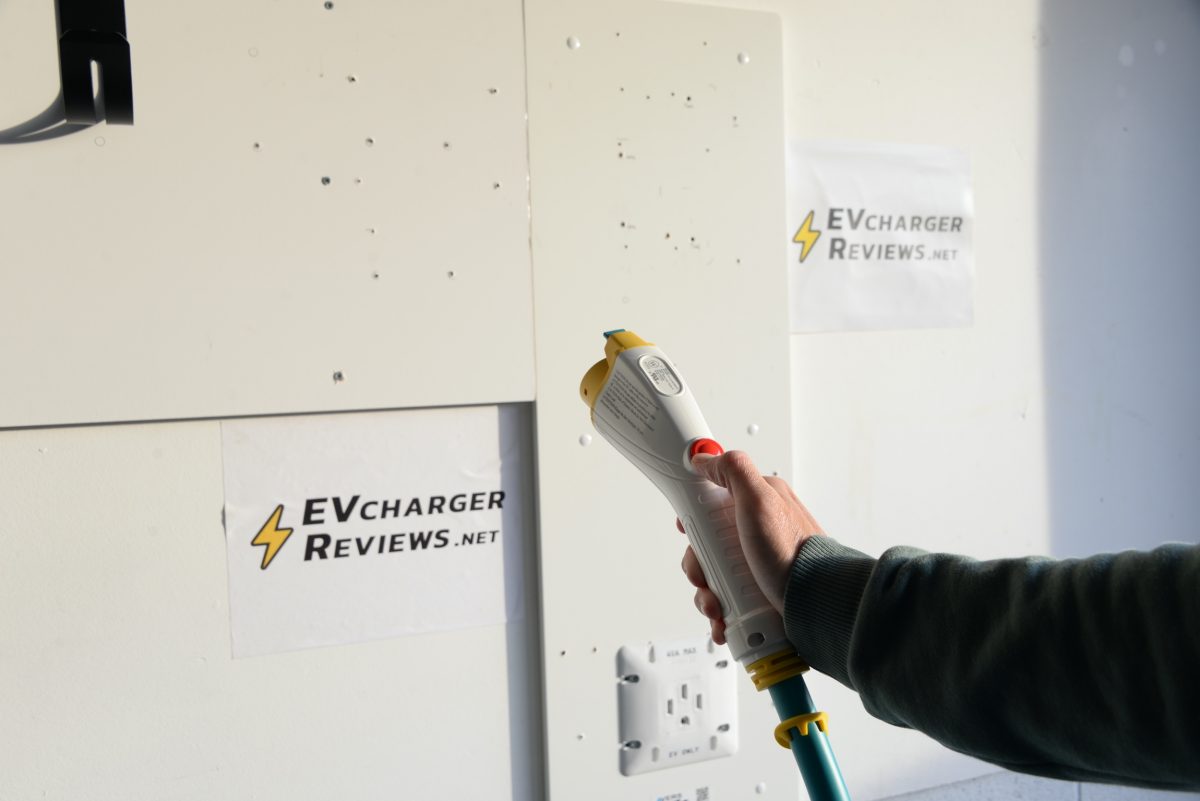
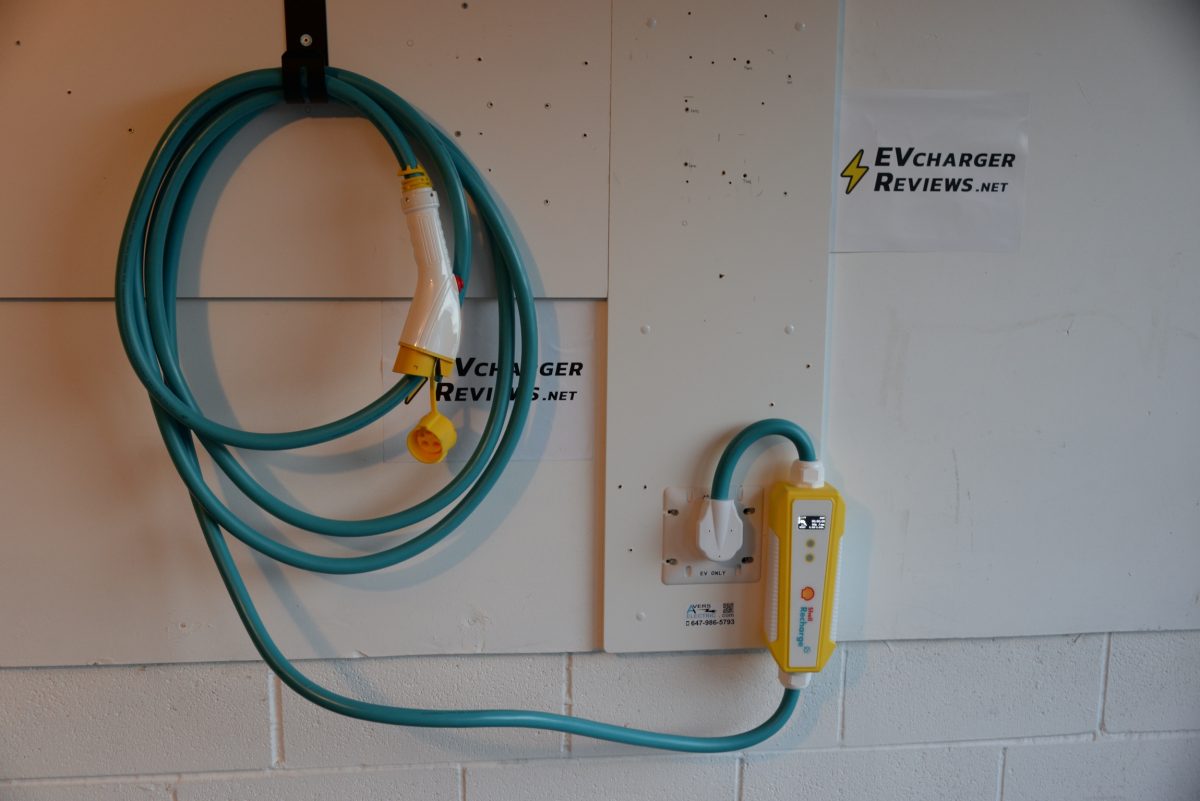
Charging Performance
I mostly operated the Shell Recharge EV charger at the maximum 40 amp mode on 240 volts. I’m happy to report that this product remembers the configured amperage modes when it loses power, so you’re not likely to accidentally overpower a low-power circuit.
A frequent concern with portable EV chargers is overheating, but I did not encounter any issues in my lengthy charging sessions. While the product did show some hot spots around the input cable on our thermal camera, it was within a safe operating range. The product monitors internal temperature (and shows it on the LCD display) with the ability to shut off in case the unit overheats.
However, in our three weeks of daily use, I did not encounter any errors or faults described in the user manual. I typically charge 10-20 kWh per day, with larger sessions consuming over 50 kWh. It has been a reliable portable unit.
Our only performance concern was the energy meter on the LCD display. My unit consistently displayed incorrect kWh energy consumption. After charging for an hour at 9.6 kW (40a), the charger reported about 4.5 kWh consumed, so about half of the actual energy used. The car actually did receive 9 kWh, so it’s not a charger performance issue but rather a data issue. After sending my findings to the company, they took our concerns seriously but could not replicate the issue with other units. So it was most likely an isolated issue to our specific unit.
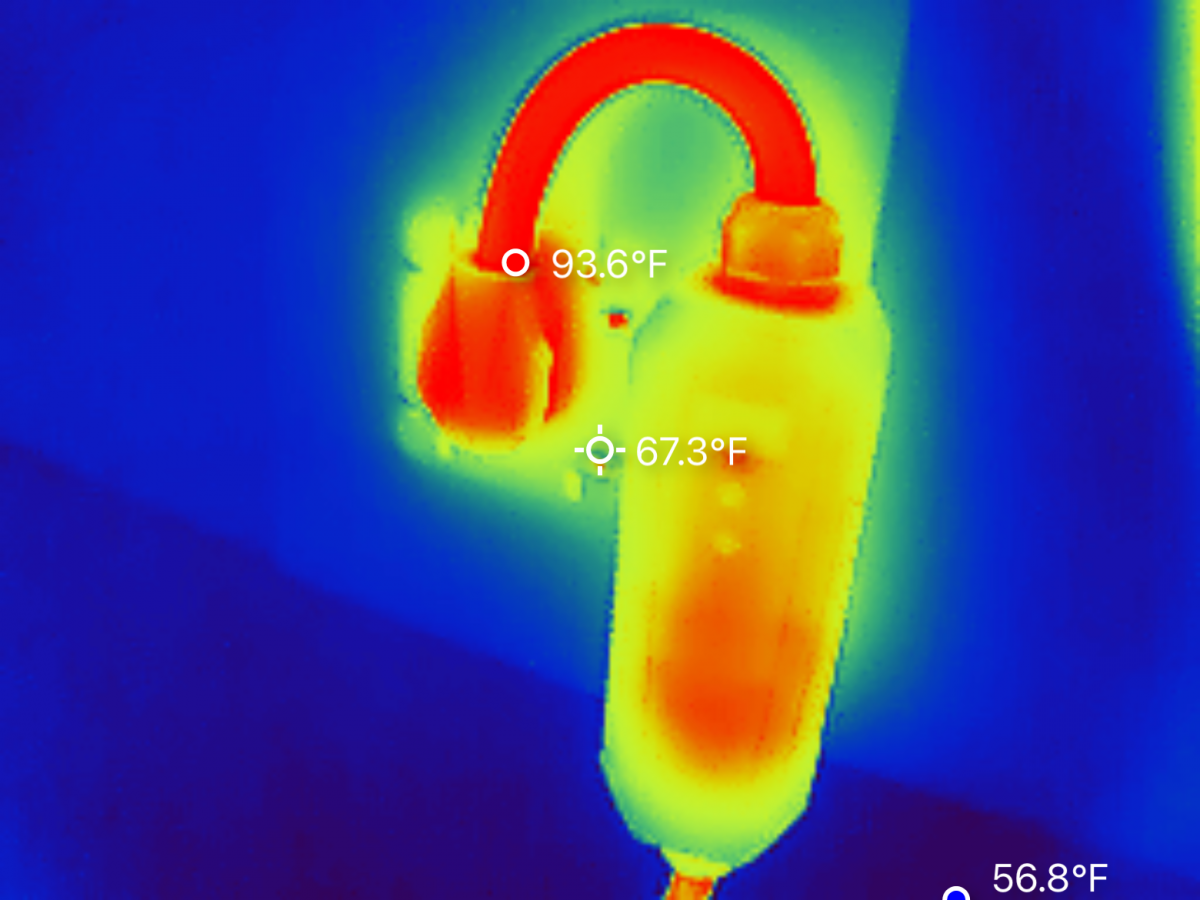
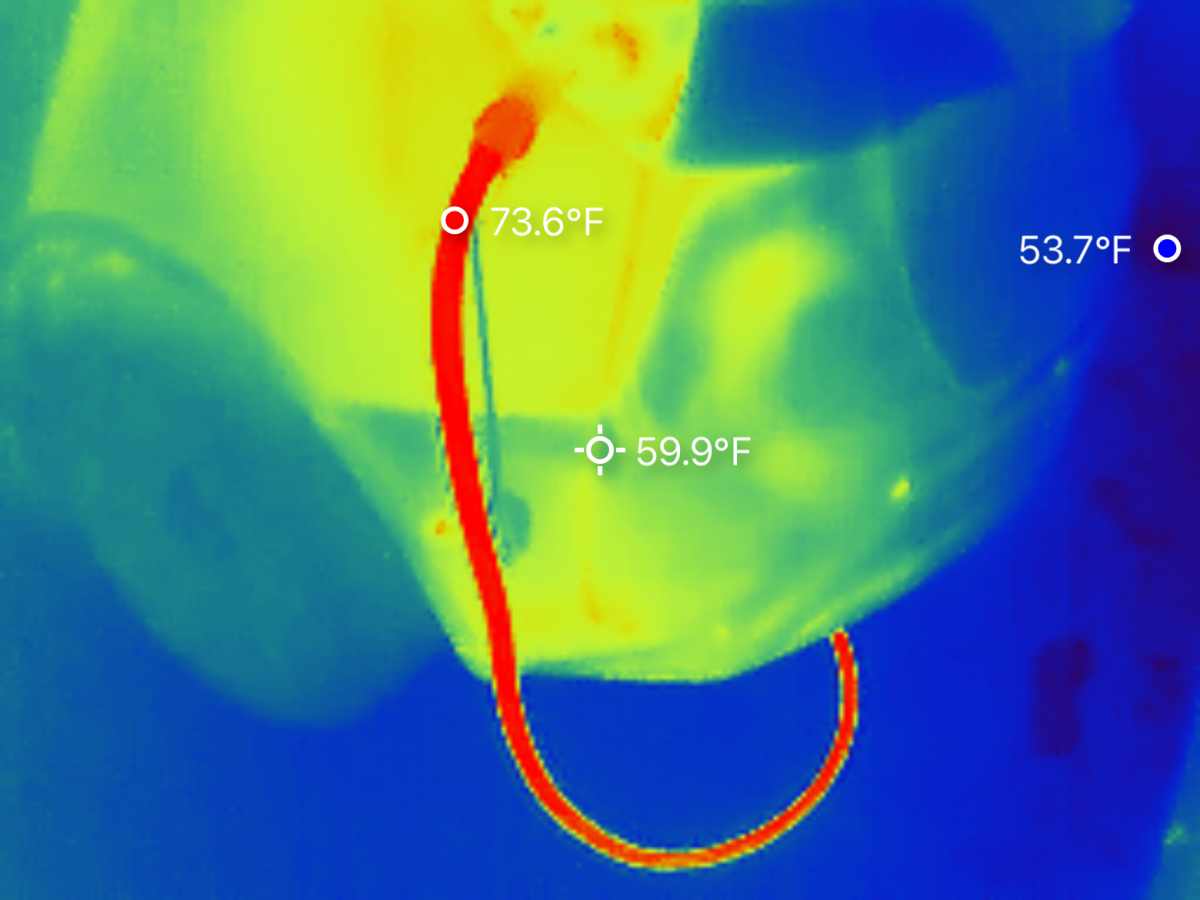
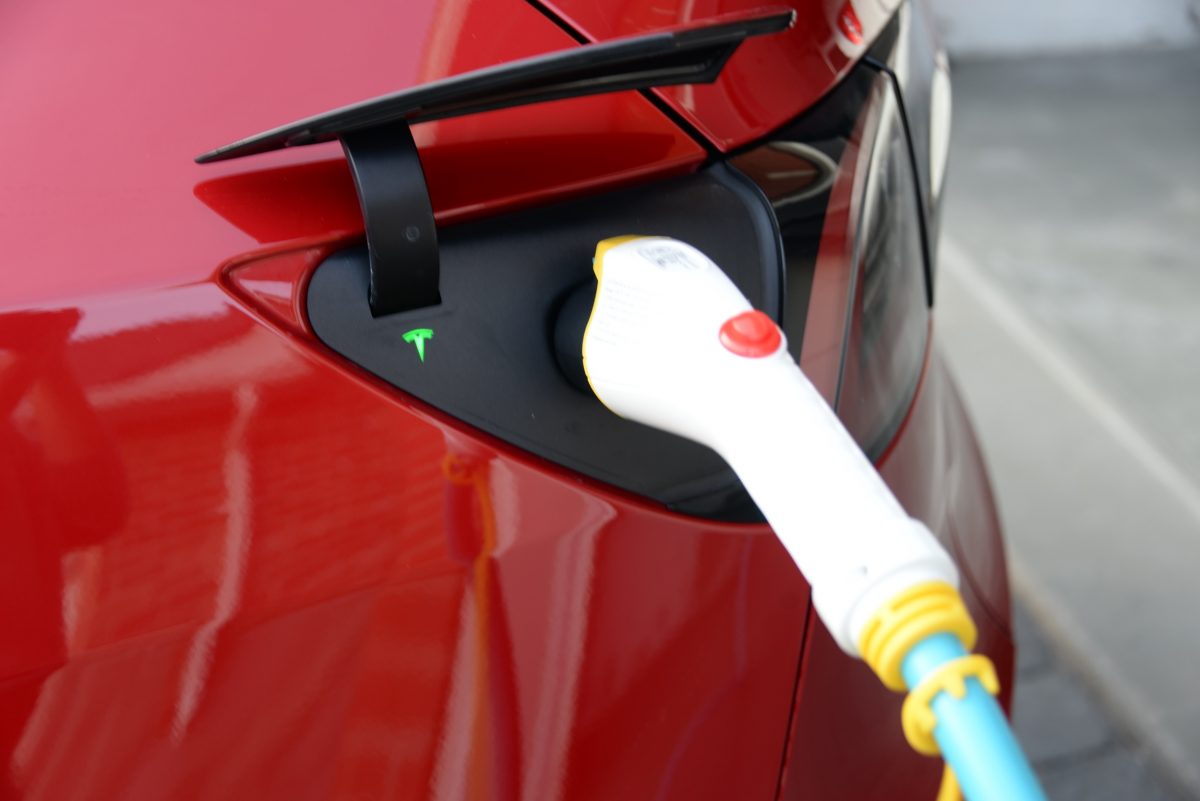
Verdict
The Shell Recharge portable EV charger retails at around $250, it’s a good value considering you’re getting a 40 amp capable charger with uprated 8 & 9 gauge wiring and a 25-foot long cord. It’s a capable product with good performance, selectable amperage modes, and delay timer functions. The product also benefits from the backing of a large established company, so any customer support or warranty claims should be a non-issue.
I like that the product includes a high-quality travel case. But if there is a specific area the product can improve it is in cable management. Even portable EV chargers spend most of their time at home, therefore the user experience will improve substantially with a cord holder when the product is not in use. You can always buy a third-party product, but it would be nice to have one included.
Shopping Options
Full Review Gallery


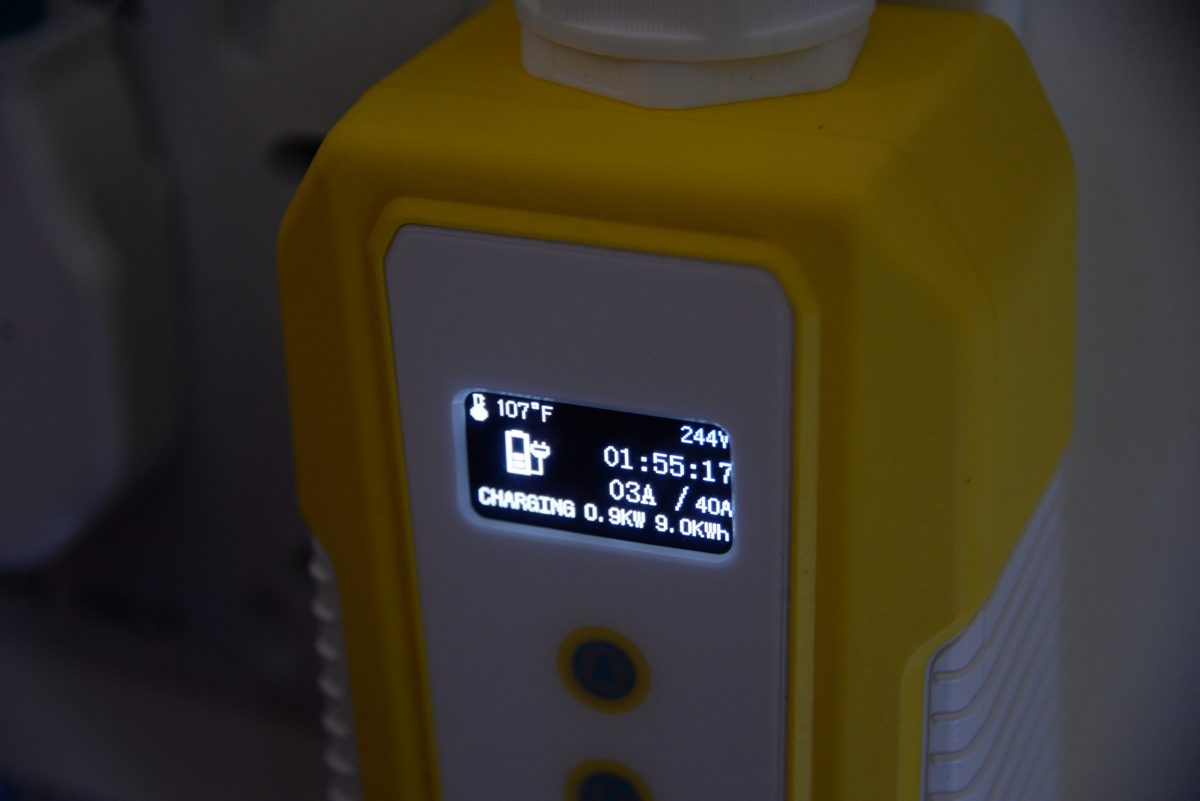
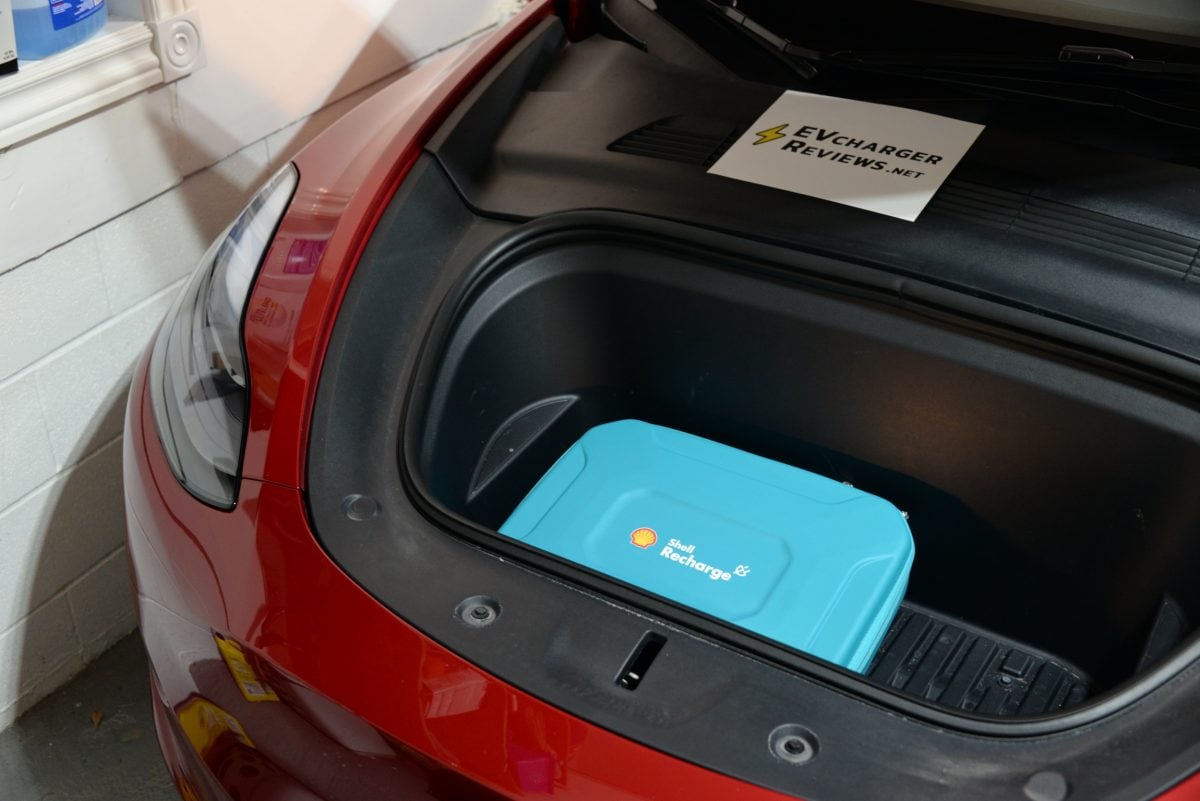
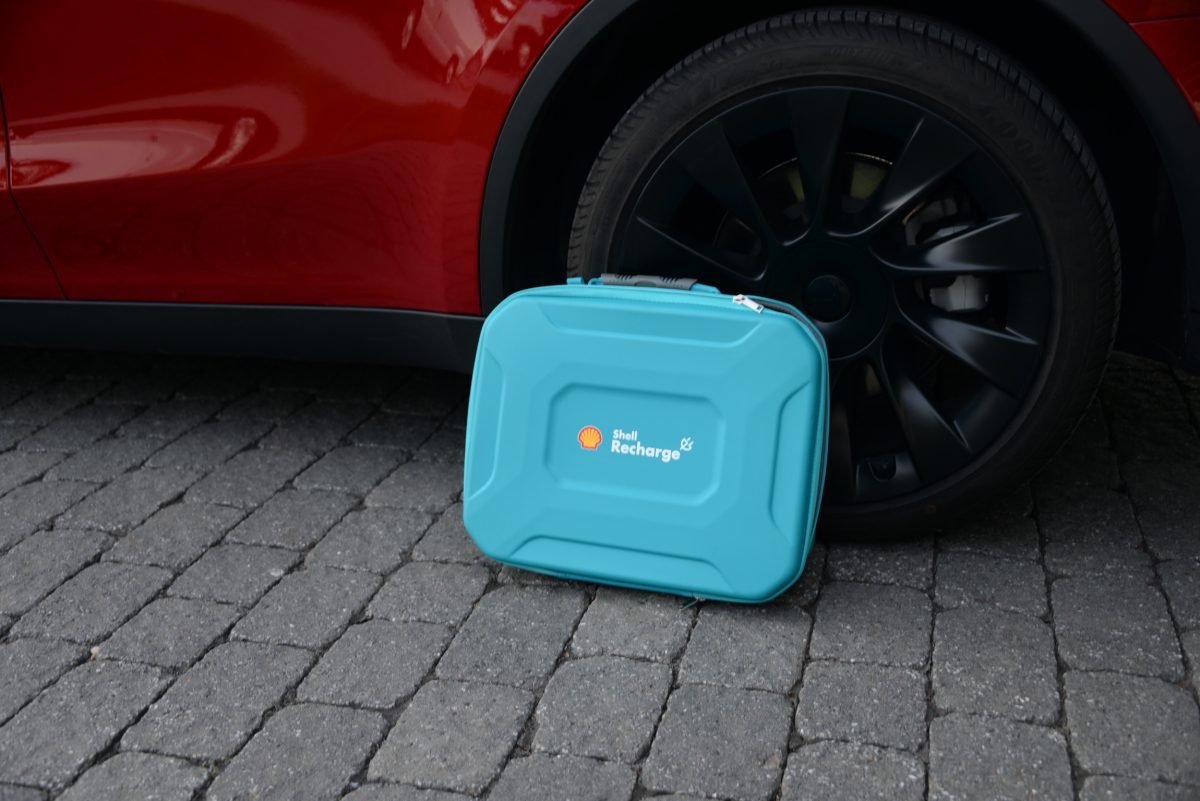
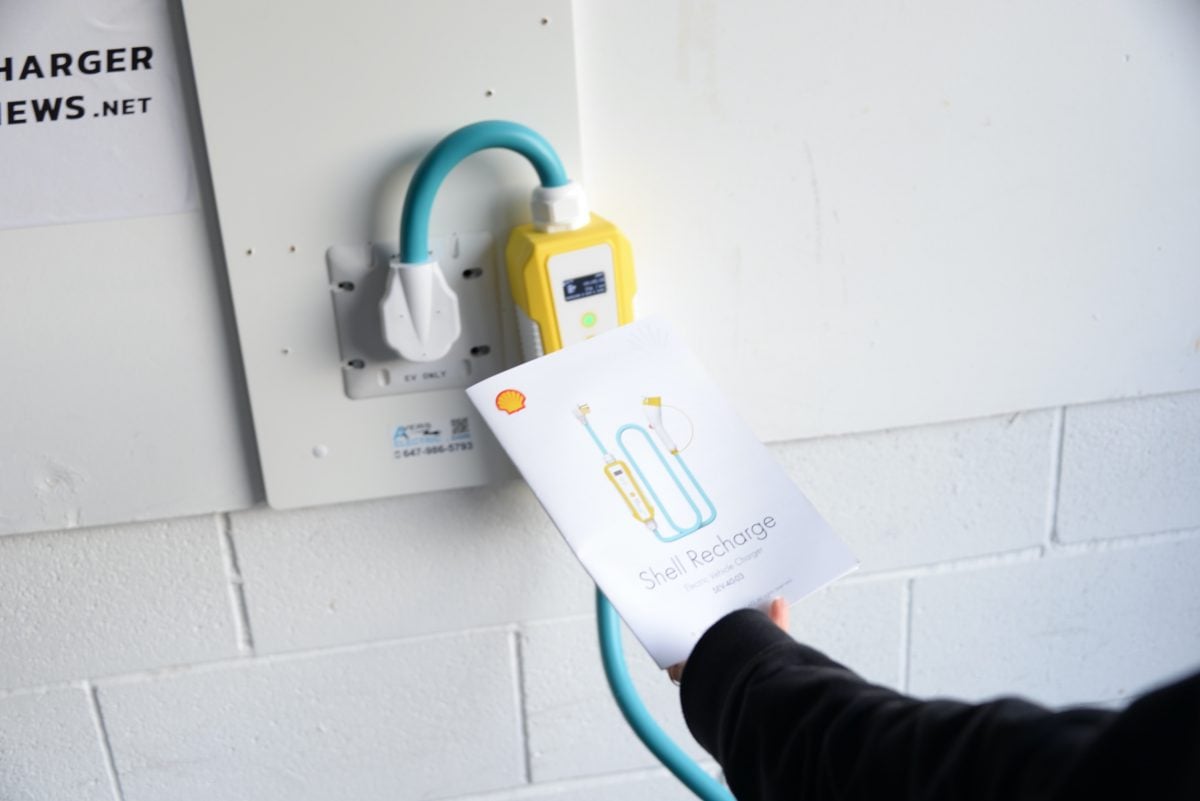
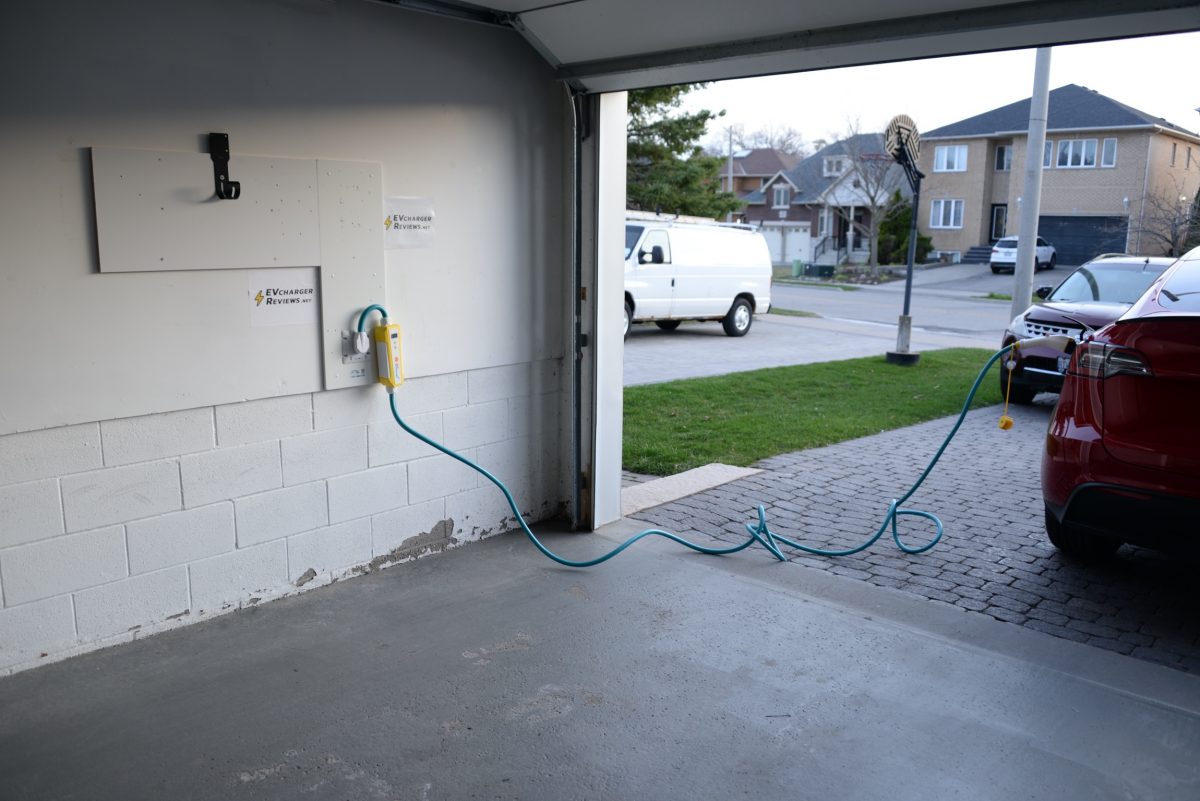


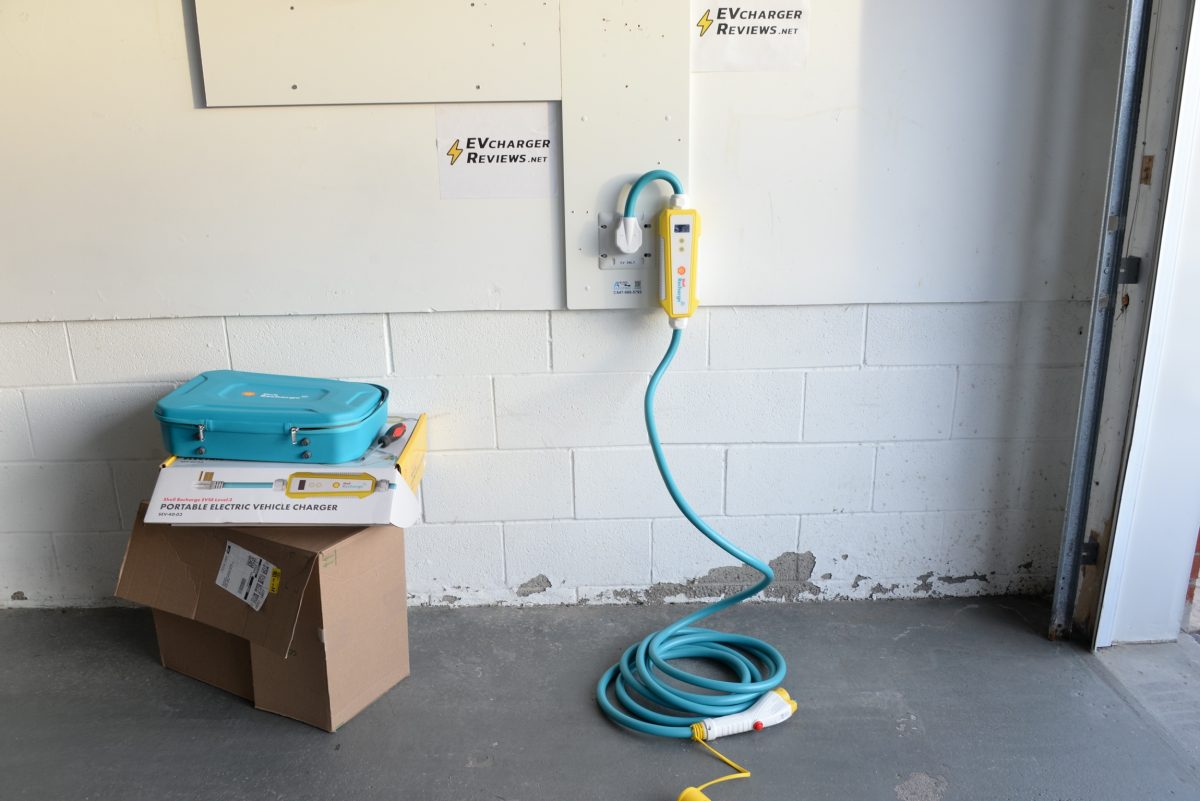


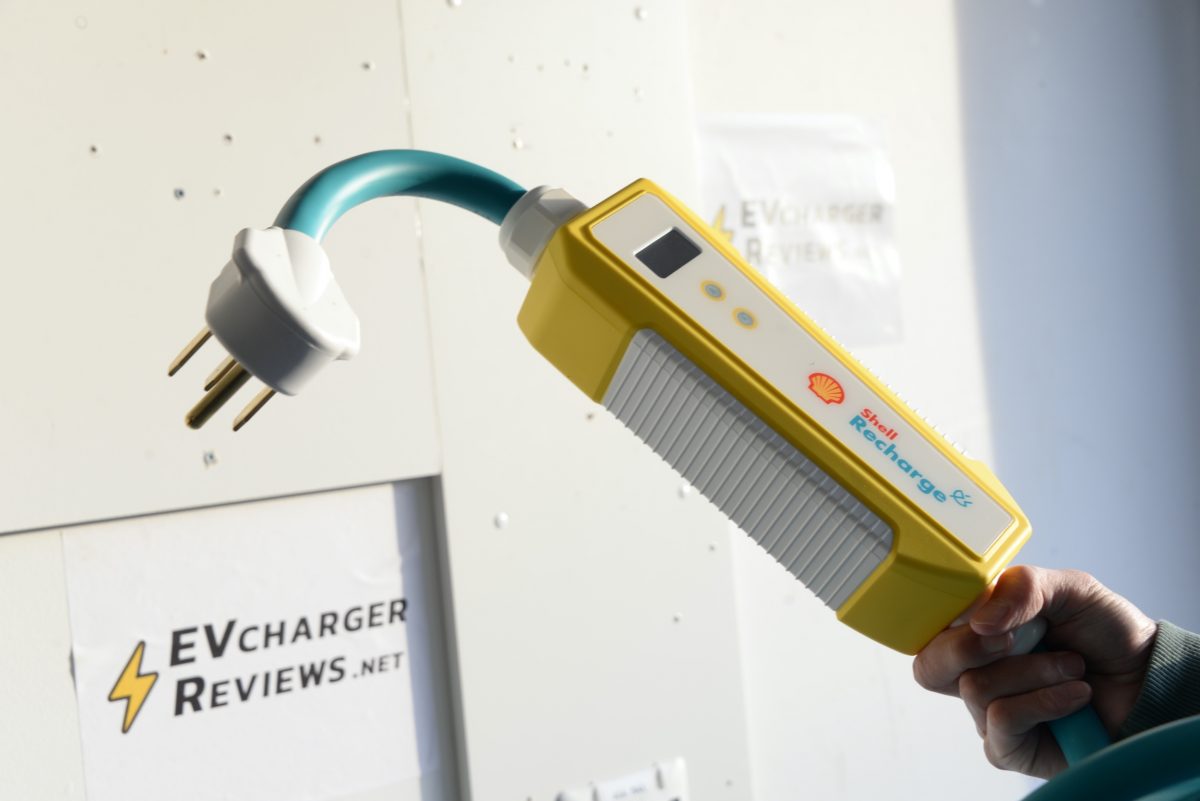


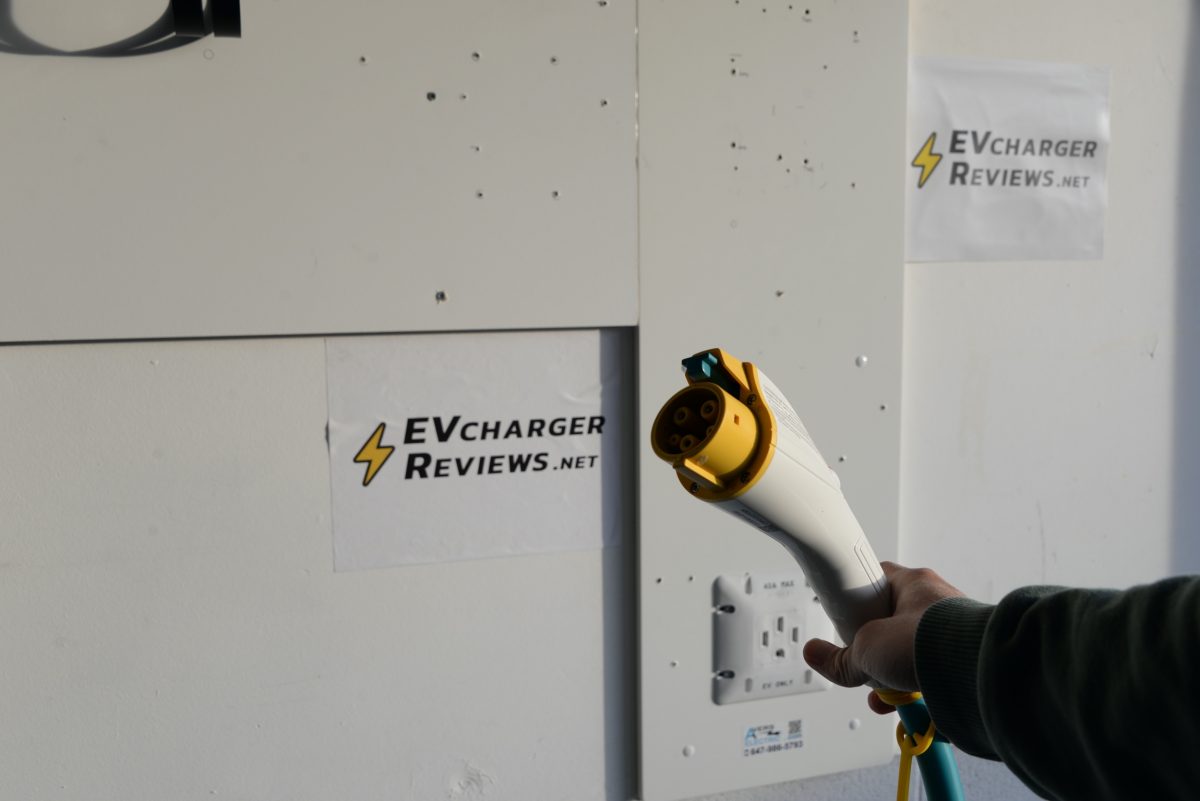
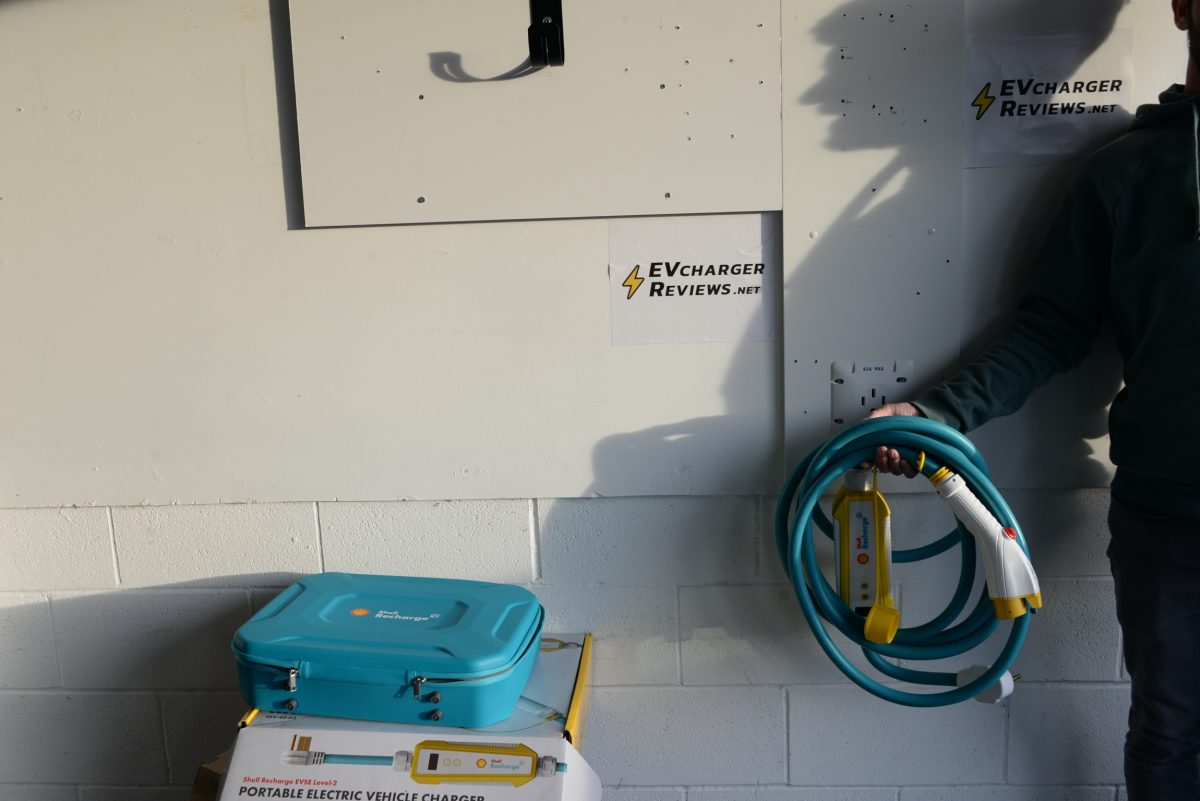
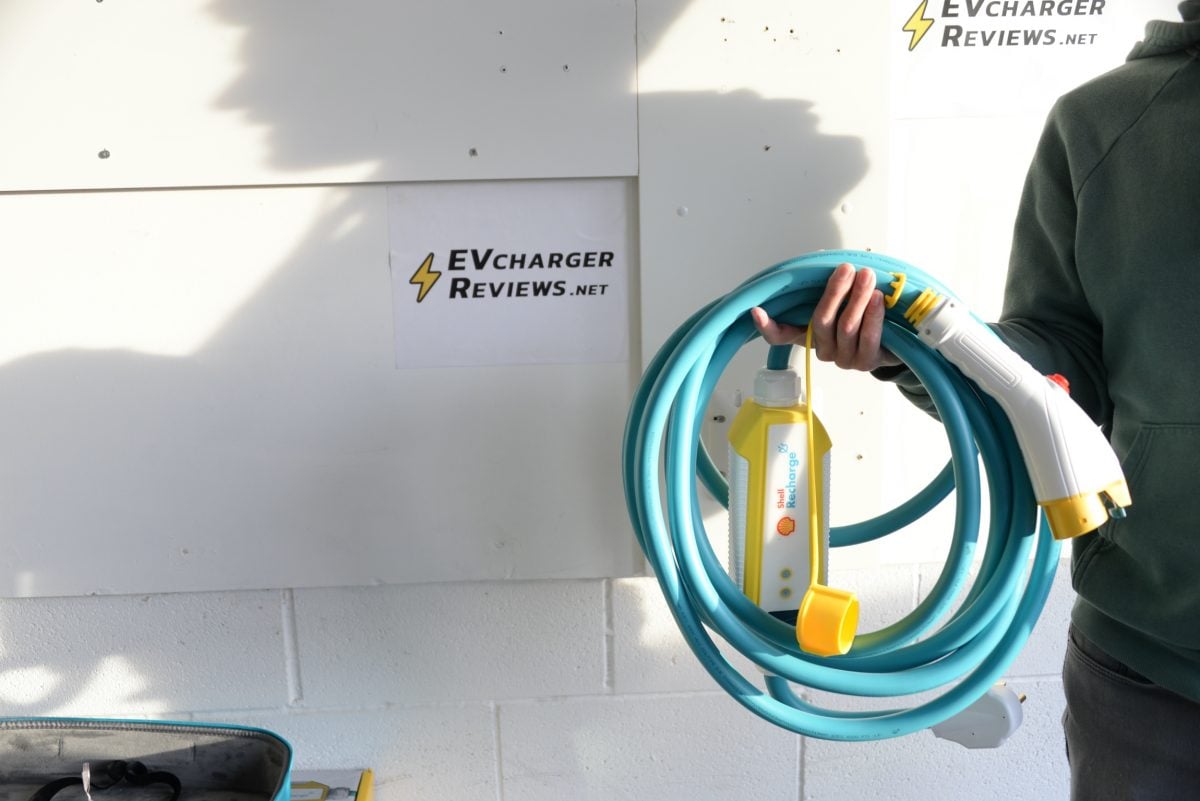

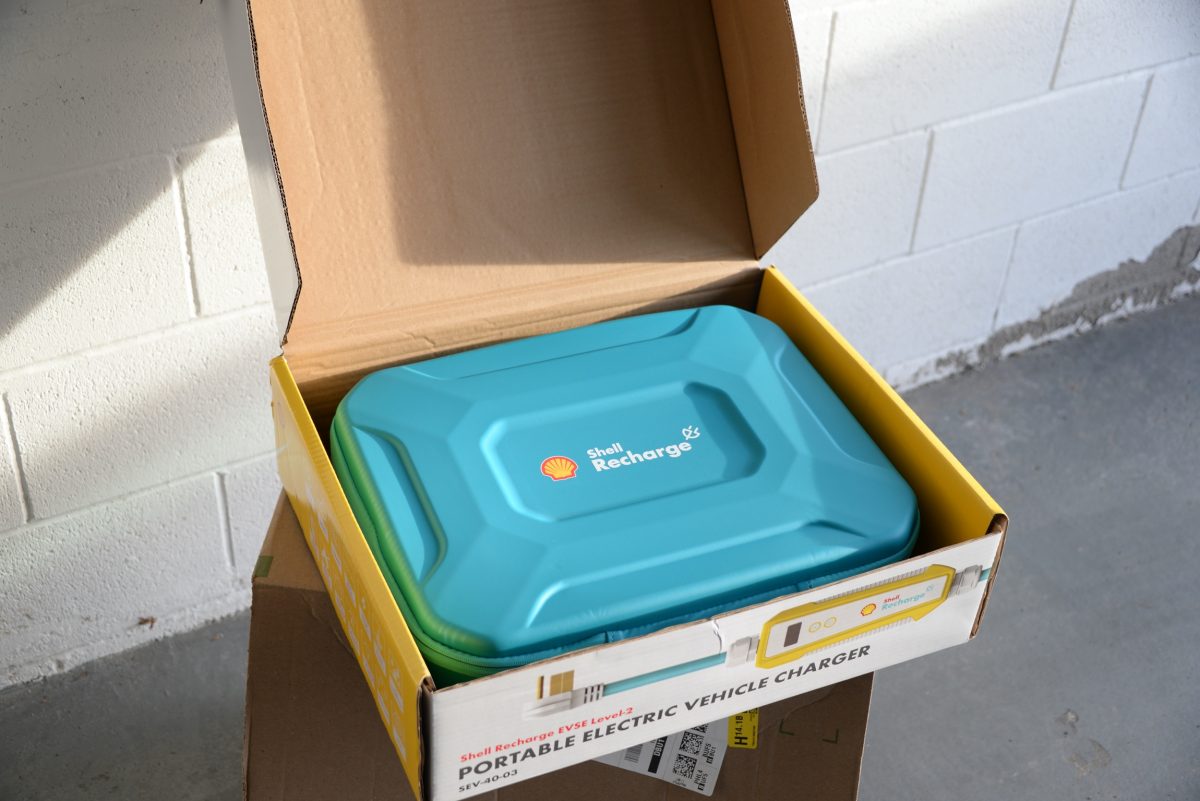
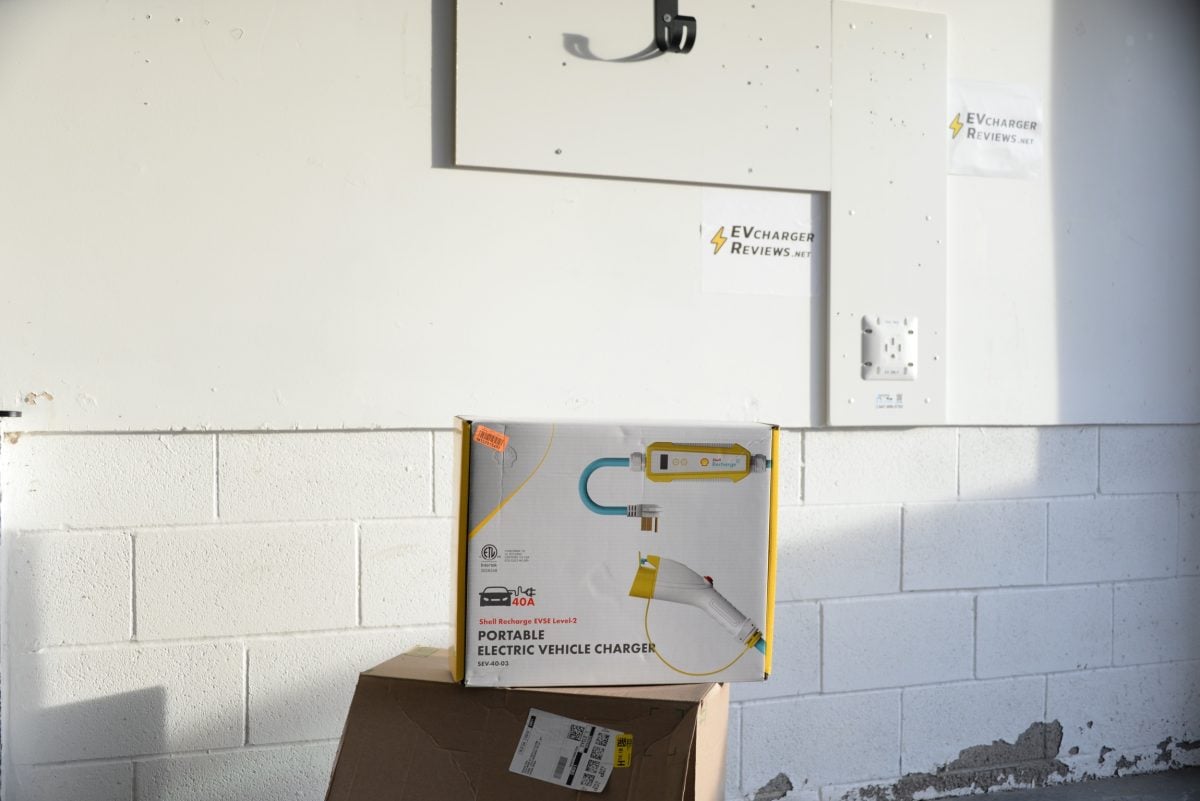


EVchargerReviews.net EVSE Review Methodology
We get the product into our facility, unbox it, inspect it, and install it just like the end user. We have a two-EV car garage with many electric miles accumulating weekly. We take EVSEs through a suite of tests, from short charging sessions, to long overnight charging sessions. We look at whether the claimed features work as expected. We check performance under challenging conditions; does the cord hold up to cold weather? Does the charging station throttle down amps due to heat and thermals? Does the Wi-Fi or Bluetooth drop the connection? Software bugs and glitches will surface during longer-term testing rather than a one-day trial. Measurements are taken on cord thickness and performance, and a thermal camera is used to look for surface hot spots after a 50 kWh stress test.
After living with the charging station product for at least two weeks, we are able to determine how the product compares to rivals, and if it deserves to be recommended to our readers.
Disclosures: Independent review by Michael Kim from EVchargerReviews.net. We participate in affiliate programs, and we may earn income when you use our links. We hope you think that is fair, based on the amount of work that goes into our reviews.
Considering buying a Tesla? Use our referral link to get $1,000 off, and help support our content.
